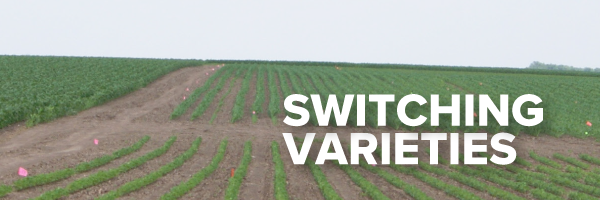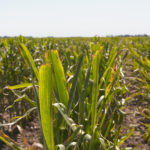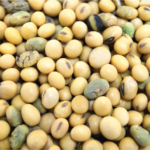By Darren Hefty

By Darren Hefty
I hate to tell you this, but 2019 is still not over.
Yes, the calendar has turned to 2020, but the lingering effects of the bad weather and poor crop year are still being felt. This time, it’s in the form of short supply seed varieties and poor germination percentages on corn and soybeans grown for seed in 2019.
If your seed dealer has asked you to switch hybrids or varieties this year, you are not alone. Corn and soybean production faced some similar challenges, but also some completely different ones. Let’s look at each crop separately and give you a couple tips to still win on your farm this spring.

Like many farmers, corn breeders had a tough time getting critical field operations completed in a timely manner in 2019, resulting in high amounts of quality issues in 2020 seed lots.
SEED CORN
I can tell you firsthand that seed corn producers did everything they could to get the crop planted last spring and early summer. They struggled to find the best acres they could actually plant into. All the in-crop management practices such as de-tasseling, delayed planting of male rows, and even fertilizing were difficult at the least to get done. The result was more problems with cross-pollination, low yields, and poor germination scores. There were more seed lots discarded for 2020 than I’ve seen in a long time. This may well be why you had to switch hybrids this spring.

Soybean seed rejected during the cleaning and sorting process. Less-than-ideal conditions last year increased incidence of rejected seed in many varieties, contributing to shortages in key lines for the 2020 season.
SOYBEAN SEED
With soybean seed production, companies really pushed to plant seed fields, too. However, when farmers decided to call it quits on planting and were forced to take prevent plant, it was the soybean acre that didn’t get in the ground. In some geographies, this has led to a serious shortage of some really good varieties. Late planting also resulted in smaller than normal yields and less supply. Cleanout was heavier in some lots due to pods at the top of the plants not filling out and smaller, shriveled seeds not making the cut in production. In some geographies, farmers simply ran out of season and green, discolored beans were discarded.
GETTING HIGH YIELDS AND PROFITS REGARDLESS
If you have to switch varieties, you can still get a fantastic crop. Here are a few things I’ve picked up over the years from great farmers I’ve gotten a chance to work with.
 There’s not as much difference between hybrids as you think.
There’s not as much difference between hybrids as you think.
- Francis Childs – The year Francis set the world record with over 420-bushel dryland corn, he had a small hybrid plot with one hybrid that went 577 bushels! I asked him if that would be his lead hybrid for the next season. He said it would be hard to tell, as he had 3 varieties over 570 in his plot. Even at that high a yield level, there wasn’t much difference between hybrids.
- Our takeaway lesson that holds true for almost every farmer I’ve met is if you eliminate yield-limiting factors on your farm (such has high pH, low micronutrient levels, poor drainage, etc.), most hybrids will do just fine.
 Last year’s yield winner RARELY repeats.
Last year’s yield winner RARELY repeats.
- Look back at the yield winners in area plots from the last few years. See any varieties that have won 3 years in a row? It’s pretty unlikely. Every season is different, and chances are 2020 will not play out like 2019. Spread your risk by planting more varieties.
